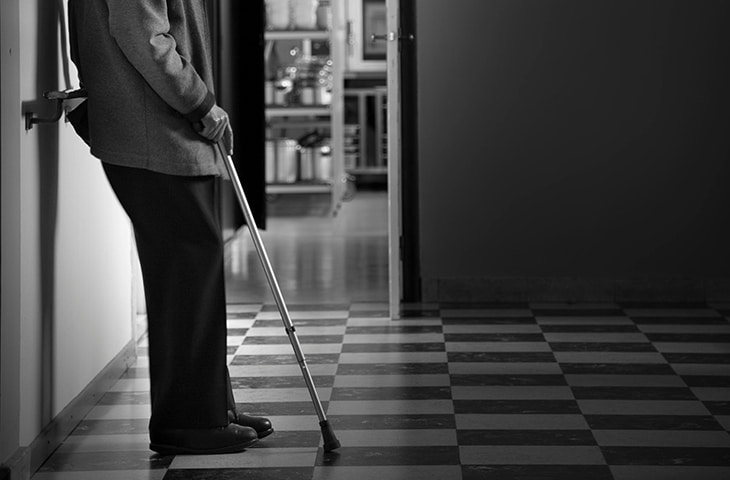Evidence‐based Footwear Recommendations For Older Adults: Enhancing Mobility, Comfort, And Fall Prevention

ABSTRACT
Background
Older adults often struggle to find footwear suitable for their clinical needs, thus affecting mobility, safety, and quality of life. Proper footwear is important due to fall risk, balance impairments, knee osteoarthritis (OA), hallux rigidus, plantar fasciitis, diabetic neuropathy, and limb length discrepancies (LLDs). Barriers such as inadequate clinical guidance and limited patient understanding persist. This paper provides updated, evidence-based recommendations for these challenges.
Methods
A topic review was conducted to evaluate shoe wear characteristics that address geriatric needs. Recommendations were synthesized from more than 45 years of clinical experience in physical therapy and categorized by clinical conditions. Evidence identified effective shoe features, including sole stiffness, tread patterns, heel elevation, and orthotic modifications to improve function, reduce pain, and reduce fall risk.
Results
Balance and fall risk: Shoes with wide soles, medium-firm materials, low heels, and high collars improved stability and reduced postural sway. Cupped, rigid insoles enhanced dynamic control, while treaded rubber outsoles minimized slipping. Knee OA: Flexible shoes with laterally wedged insoles and minimal heel lift reduced medial knee loads and pain. Supportive shoes and medially wedged insoles decreased lateral knee loads and pain. Hallux rigidus/bunions: Rocker-bottom shoes and stiffer soles accommodate deformities, improving function and comfort. Plantar fasciitis: Orthoses, supportive therapies, and stretching regimens were efficacious. Diabetic neuropathy: Rigid rocker soles and custom insoles reduced plantar pressure and ulcer recurrence. LLDs: Gradual shoe lift introduction alleviated low back pain. General recommendations: Properly fitted, comfortable shoes with moderately firm insoles, slip-resistant outsoles, and secure fastening mechanisms improve safety and function.
Conclusions
Footwear significantly impacts the mobility, safety, and well-being of older adults. Tailored recommendations enhance pain management, independence, and fall prevention. Providers should involve patients in decisions and counsel against the use of slippers or excessively elevated heels.
Popular Products
-
 Wireless Health Tracker Smart Ring - R11
Wireless Health Tracker Smart Ring - R11$131.56$65.78 -
 Electric Hair Straightener and Curlin...
Electric Hair Straightener and Curlin...$161.56$80.78 -
 Pet Oral Repair Toothpaste Gel
Pet Oral Repair Toothpaste Gel$59.56$29.78 -
 Opove M3 Pro 2 Electric Massage Gun
Opove M3 Pro 2 Electric Massage Gun$901.56$450.78 -
 Portable Electric Abdominal Massager ...
Portable Electric Abdominal Massager ...$45.56$22.78